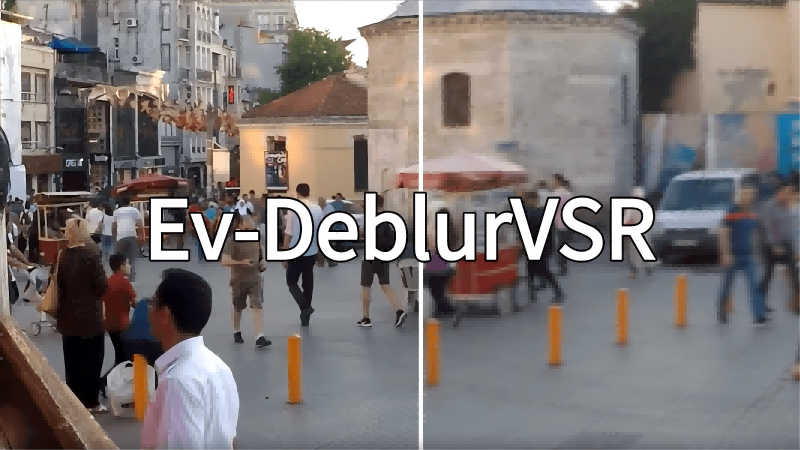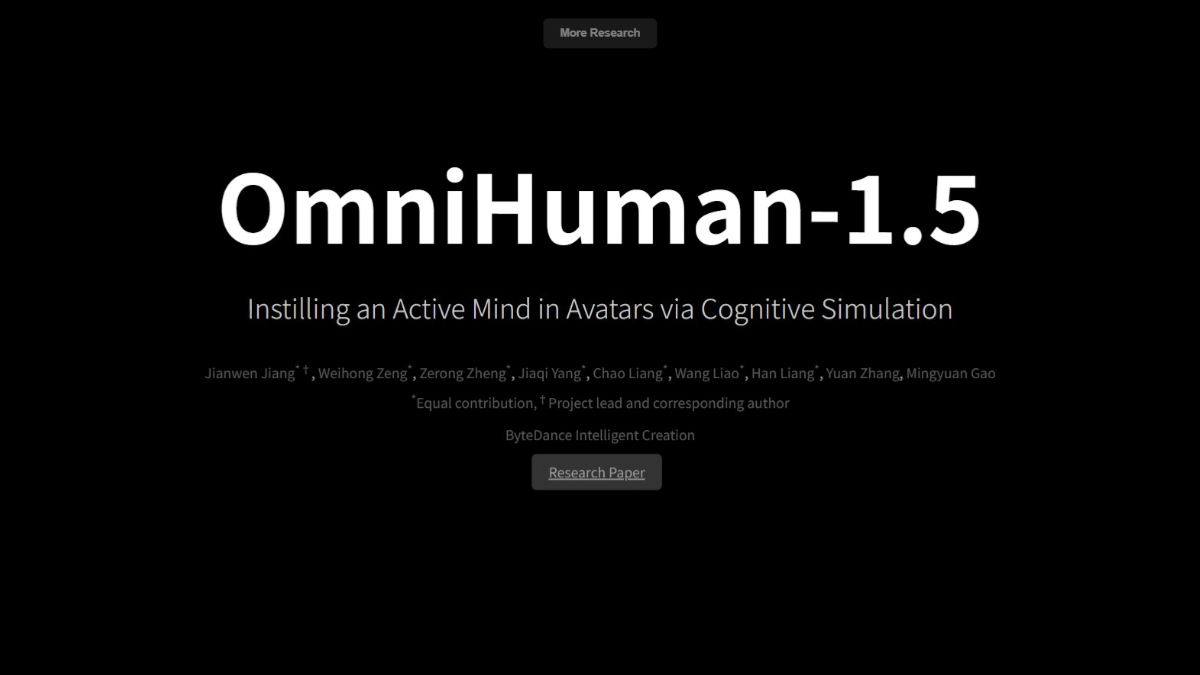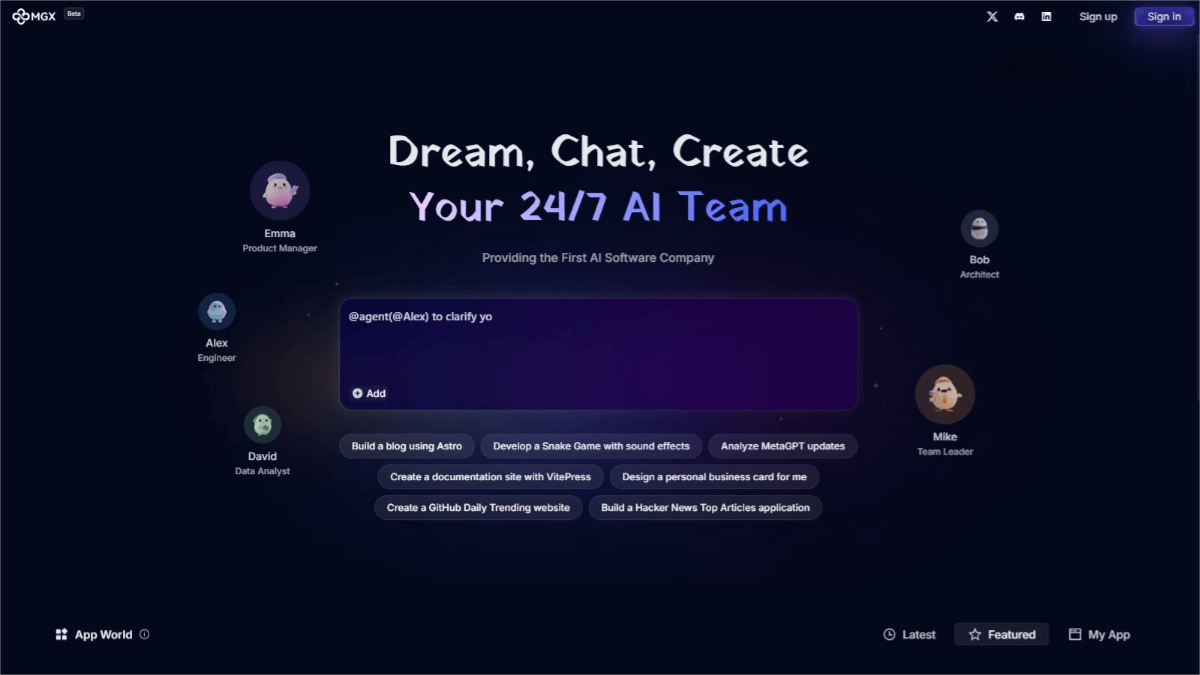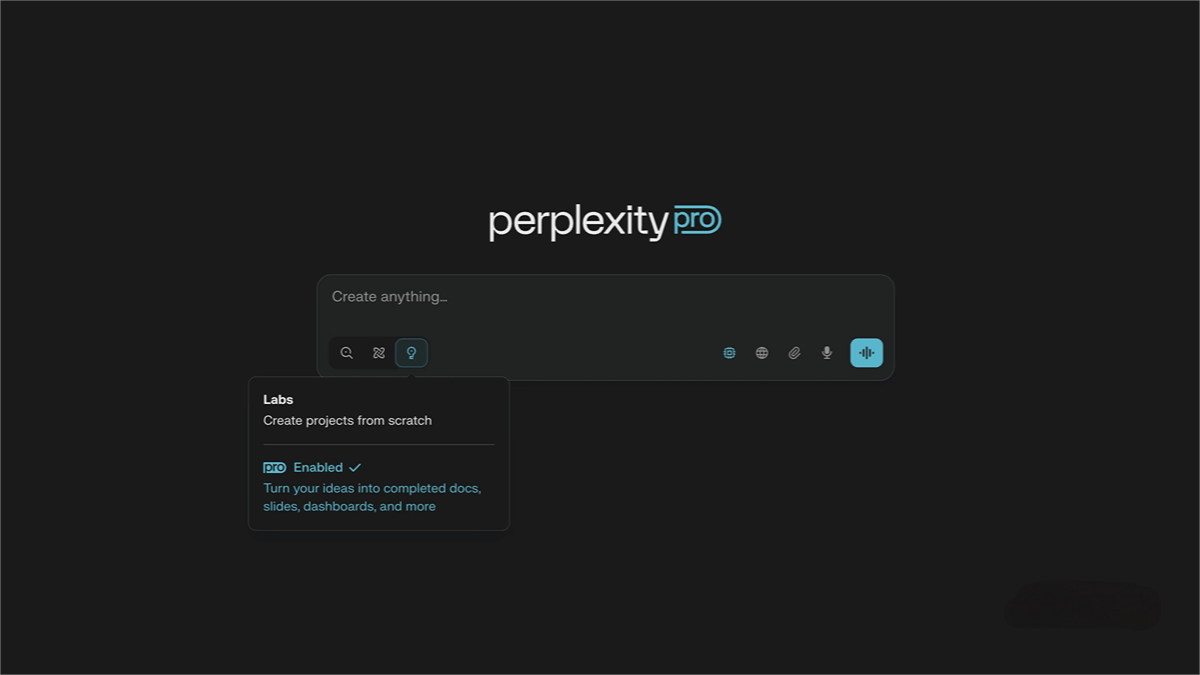Ev – DeblurVSR – A video image enhancement model launched by institutions including the University of Science and Technology of China
What is Ev-DeblurVSR?
Ev-DeblurVSR is a video enhancement model jointly developed by the University of Science and Technology of China, the Institute of Artificial Intelligence of the Hefei Comprehensive National Science Center, and the National University of Singapore. It restores high-resolution, clear video from low-resolution and blurry video inputs.
Ev-DeblurVSR introduces event signals captured by event cameras, which provide high temporal resolution and rich motion information to enhance both deblurring and super-resolution performance. Its core modules include the Reciprocal Feature Deblurring (RFD) module for intra-frame deblurring and the Hybrid Deformable Alignment (HDA) module for inter-frame alignment.
Ev-DeblurVSR achieves outstanding performance across multiple datasets and outperforms existing methods—especially on real-world data—with higher accuracy and faster processing speed.

Key Features of Ev-DeblurVSR
-
Blurry Video Super-Resolution:
Recovers high-resolution and clear images from low-resolution, blurry video frames. -
Event Camera-Aided Processing:
Uses high temporal resolution and brightness change information captured by event cameras to restore lost motion details and textures. -
Motion Blur Resistance & High Dynamic Range:
Effectively reduces motion blur and preserves details in high-contrast areas, making it suitable for dynamic scenes and low-light environments. -
Development and Testing Support:
Open-source code with pretrained models, test datasets, and scripts for easy deployment and evaluation.
Technical Principles of Ev-DeblurVSR
-
Classification and Utilization of Event Signals:
-
Intra-frame Events:
Capture motion information during the exposure time of each video frame and are used for deblurring frame features. -
Inter-frame Events:
Record continuous motion trajectories between frames and are used for temporal alignment.
-
-
Reciprocal Feature Deblurring (RFD) Module:
Utilizes motion information from intra-frame events to deblur video frame features. It feeds the global scene context of video frames back into event features, enhancing their expressiveness. Frame and event features are mutually enhanced through multi-head channel attention and cross-modal attention mechanisms. -
Hybrid Deformable Alignment (HDA) Module:
Combines inter-frame events and optical flow information. Event trajectories provide temporal continuity, while optical flow offers spatial details, improving motion estimation during alignment. Two branches—Event-Guided Alignment (EGA) and Flow-Guided Alignment (FGA)—work together to align features, finalized using a Deformable Convolutional Network (DCN). -
Edge-Enhanced Loss Function:
Leverages high-frequency details in event signals to weight pixel reconstruction errors, encouraging the model to focus on restoring edges and high-frequency regions, thereby improving detail sharpness and visual clarity.
Project Links
-
Official Website:
https://dachunkai.github.io/ev-deblurvsr.github.io/ -
GitHub Repository:
https://github.com/DachunKai/Ev-DeblurVSR -
arXiv Paper:
https://arxiv.org/pdf/2504.13042
Application Scenarios
-
Video Surveillance:
Enhances clarity of blurry surveillance footage to better identify details. -
Sports Broadcasting:
Clearly reconstructs fast-moving scenes, improving referee decision-making and viewer experience. -
Autonomous Driving:
Reduces camera blur, providing clearer environmental perception for autonomous systems. -
Film and Video Production:
Restores blurry footage caused by poor shooting conditions, enhancing the overall quality of media content. -
Industrial Inspection:
Improves images affected by high-speed motion or equipment shake, increasing inspection accuracy in industrial environments.
Related Posts




